Cereal: Farm to Spoon
Cereal is the quintessential American breakfast! Nothing like cornflakes, Wheaties, or cinnamon oat squares quite reminds us of Saturday morning cartoons, rushing to school, or midnight snacks. But where do we get cereal? Where does cereal start?

Cereal is the quintessential American breakfast! Nothing like corn flakes, Wheaties, or cinnamon oat squares quite reminds us of Saturday morning cartoons, rushing to school, or midnight snacks. But where do we get cereal? Where does cereal start?
The first cold breakfast cereal was made by Dr. James Caleb Jackson in 1863. It was made of graham flour and water, and he called it Granula. Cereal has come a long way since then, so let’s explore some popular grains used in breakfast cereals!
Wheat
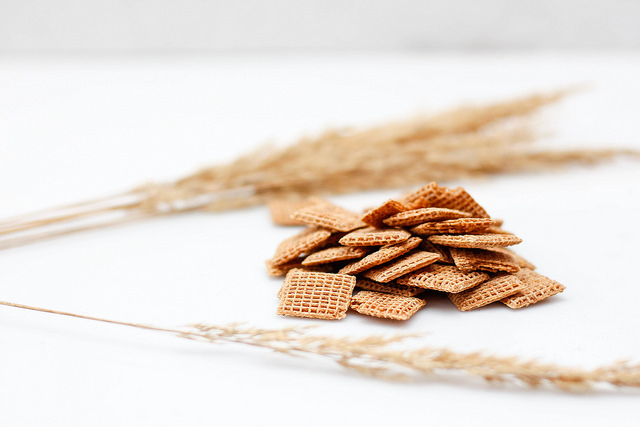
Photo by Marco Verch/ CC BY 2.0
Wheat grows in a variety of climates, so it is grown in almost every state in the United States! It is an annual grass—meaning it produces harvest once a year. Seeds are planted and begin to grow roots that get their food from soil. The wheat plant grows many leaves and sends up anywhere from 3 to 12 stems, called tillers. A spike, or group of flowers, grow at the top of each tiller where they mature into the wheat head. Kernels within the head grow and turn golden brown for harvest. These kernels are also sometimes called a wheat berry and they are also the seed that the wheat plant grows from! Each head of wheat has about 50 kernels. The wheat is then harvested to be sent off to make things like shredded wheat cereal!
Norman Borlaug did great things for the world and agriculture by introducing simple technologies such as corn hybrids and short-straw, disease-resistant wheat to farmers in developing countries. Learn more about him in this book.
Rice
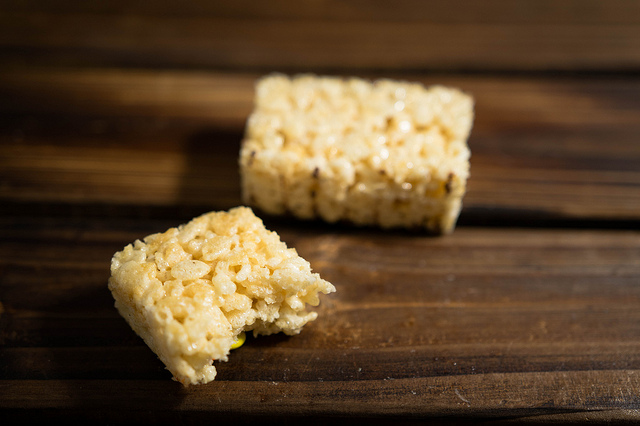
Photo by Marco Verch/ CC BY 2.0
Rice is grown all around the world, including the United States! U.S. rice farmers use special technology like lasers and computers to make rice farming a precise science. This special machinery creates the ideal field for growing rice, enabling uniform flooding and controlled draining. Before this technology, rice farmers had to rely on heavy seasonal rain. Growing rice also allows farmers to use soils like heavy clay that aren’t great for growing other crops. This soil retains water well which is perfect for rice growing! Once rice has matured, water is drained from the fields and a combine cuts the rice, separating grain from stalks. Then the rice goes to drying facilities, so it will be ready to be milled. At the mill the inedible outside hulls of the rice are removed so rice can go on and be used as a meal of its own, or to create yummy cereals like Rice Krispies!
See how rice is harvested in this America’s Heartland video!
Corn
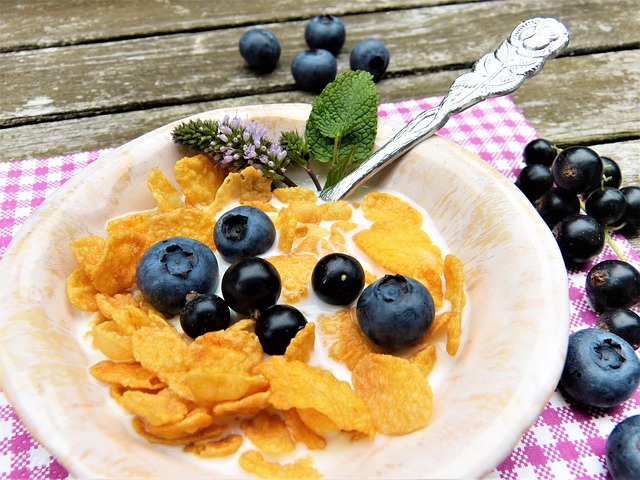
Corn seeds, or kernels, are planted with a piece of machinery called a planter. Corn is planted in the spring, so the soil is warm enough to germinate, or develop. The corn plant tassels, or bits of silk on the top of each ear of corn, and produces pollen to pollinate other kernels. Each corn plant produces one or two ears of corn and when they are ready to be harvest, they are harvested by a combine. The combine separates the kernels from the ear and the rest of the corn plant. We eat corn by itself at a BBQ, but it can also be used to make cereals like cornflakes.
Learn more about corn in our free downloadable ag mag here!
Oats
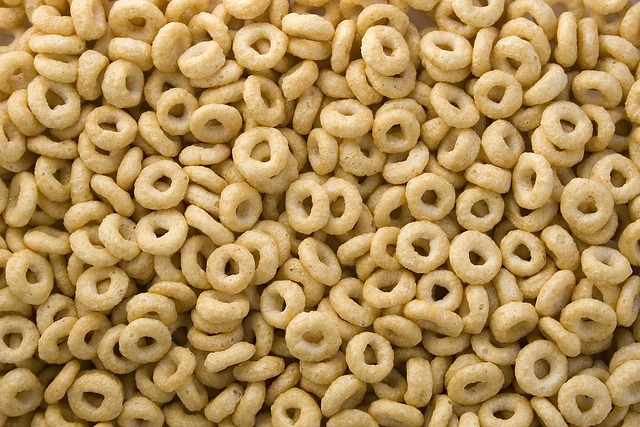
Oats do well in cool, moist climates and grow quickly. In addition to being a cereal grain, oats are grown as a cover crop to control weeds and improve soil health! Oat seeds germinate and grow—usually ready for harvest in mid to late summer. The oat plant is also an annual grass, producing three to five hollow steps with seed clusters or flowers on their branches. Oats are harvest like wheat for the grain with a machine called a combine. They are then milled so they can be made into human food products like oatmeal and Cheerios!
Learn how Cheerios go from Oats to O’s in this video!
Sources:
http://www.thinkrice.com/on-the-farm/how-is-rice-grown/
http://www.openforbreakfast.com/en_US/content/nutrition/keeping-grains-honest.html
https://www.wheatworld.org/wheat-101/wheat-production-map/producing-wheat/






